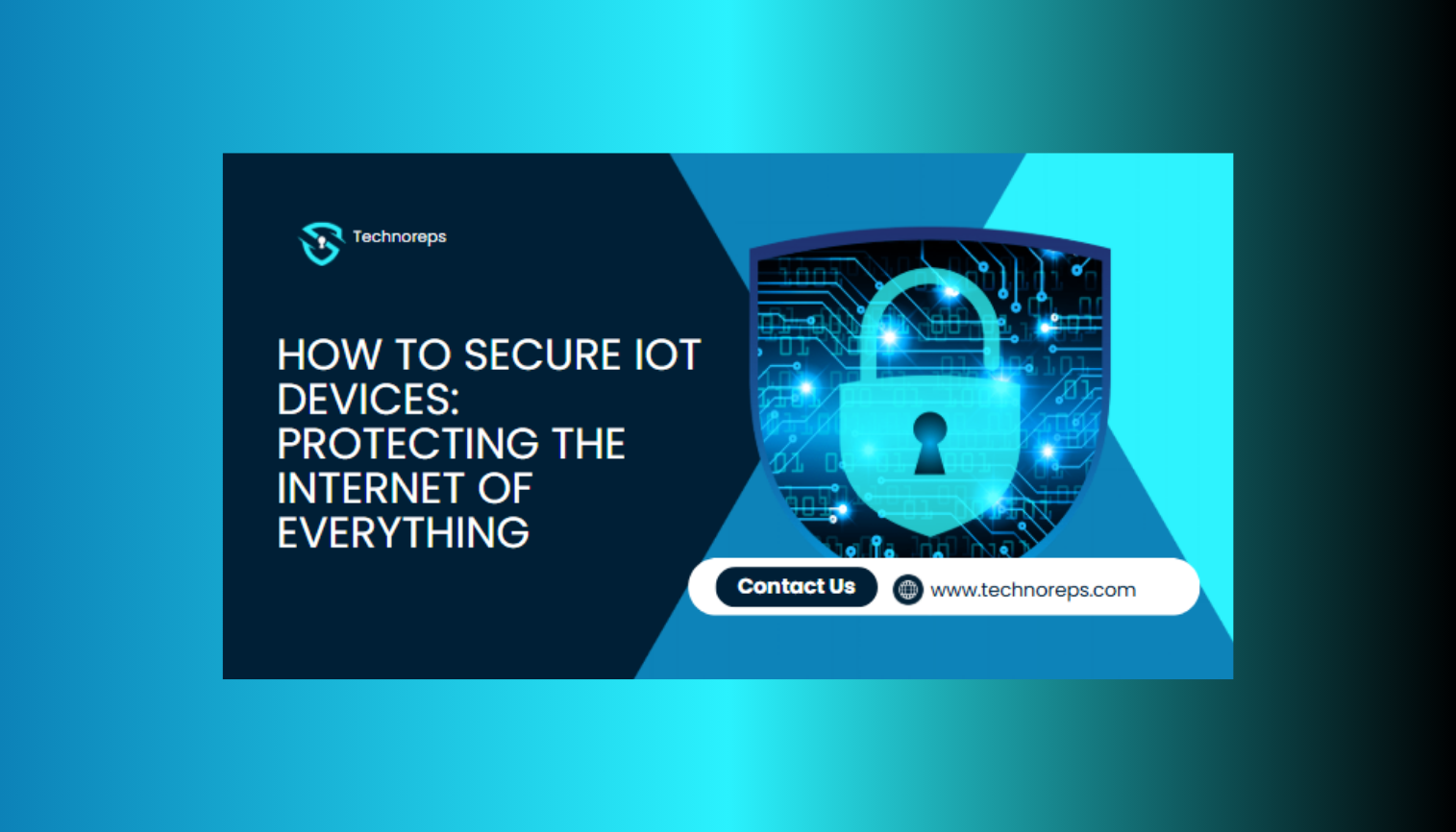The Internet of Things (IoT) is revolutionizing the way we live and work, connecting billions of devices worldwide. However, with this growing connectivity comes an increased risk of cyber threats. Securing IoT devices is crucial to protect sensitive data, prevent breaches, and ensure device functionality. In this guide, we’ll explore the best strategies for securing IoT devices and safeguarding the “Internet of Everything.”
Why is IoT Security Important?
Increased Cyber Threats: IoT devices are a prime target for hackers due to weak security protocols.
Data Privacy Risks: Unauthorized access to smart devices can compromise sensitive information.
Network Vulnerabilities: Unsecured devices can serve as entry points for broader network attacks.
Regulatory Compliance: Governments and industries are implementing stricter IoT security regulations.
Common IoT Security Challenges
1. Weak Passwords and Default Credentials
Many IoT devices come with factory-set passwords, making them vulnerable to attacks. Changing default credentials is the first step in securing your devices.
2. Lack of Firmware Updates
Outdated firmware can expose devices to known vulnerabilities. Regular updates are essential for security patches.
3. Unsecured Network Connections
Unprotected Wi-Fi networks and open ports can allow unauthorized access to connected devices.
4. Insufficient Data Encryption
Without proper encryption, data transmitted between IoT devices can be intercepted and exploited.
Best Practices for Securing IoT Devices
1. Change Default Passwords and Use Strong Authentication
Set unique, complex passwords for each device.
Use two-factor authentication (2FA) where possible.
Avoid reusing passwords across multiple devices.
2. Keep Firmware and Software Updated
Enable automatic updates for IoT devices.
Regularly check manufacturer websites for firmware updates.
Patch security vulnerabilities as soon as updates are available.
3. Secure Network Connections
Use a strong, encrypted Wi-Fi network (WPA3 encryption recommended).
Set up a separate network for IoT devices to isolate them from critical systems.
Disable unnecessary ports and services to reduce attack surfaces.
4. Implement Data Encryption and Secure Communication Protocols
Ensure IoT devices use SSL/TLS encryption for data transmission.
Avoid using outdated communication protocols such as HTTP and FTP.
5. Enable Firewalls and Intrusion Detection Systems (IDS)
Configure firewalls to filter and monitor network traffic.
Use IDS to detect suspicious activities and potential threats.
6. Regularly Monitor and Audit IoT Devices
Track connected devices and their activity.
Use IoT security platforms to detect anomalies and potential intrusions.
7. Disable Unused Features and Services
Turn off features that are not required, such as remote access and voice control.
Remove outdated or unused IoT devices from your network.
8. Use Secure Cloud Storage and Access Controls
Ensure cloud-based IoT services have strong security measures.
Implement role-based access control (RBAC) to limit access permissions.
Future of IoT Security
As IoT adoption continues to rise, the importance of security will grow. Innovations like AI-powered security monitoring, blockchain for secure transactions, and advanced encryption technologies will play a vital role in enhancing IoT security.
Conclusion
Securing IoT devices is critical in today’s interconnected world. By following best practices such as updating firmware, using strong passwords, and encrypting data, individuals and businesses can protect their devices from cyber threats. Stay informed, adopt security measures, and ensure a safer digital ecosystem.







